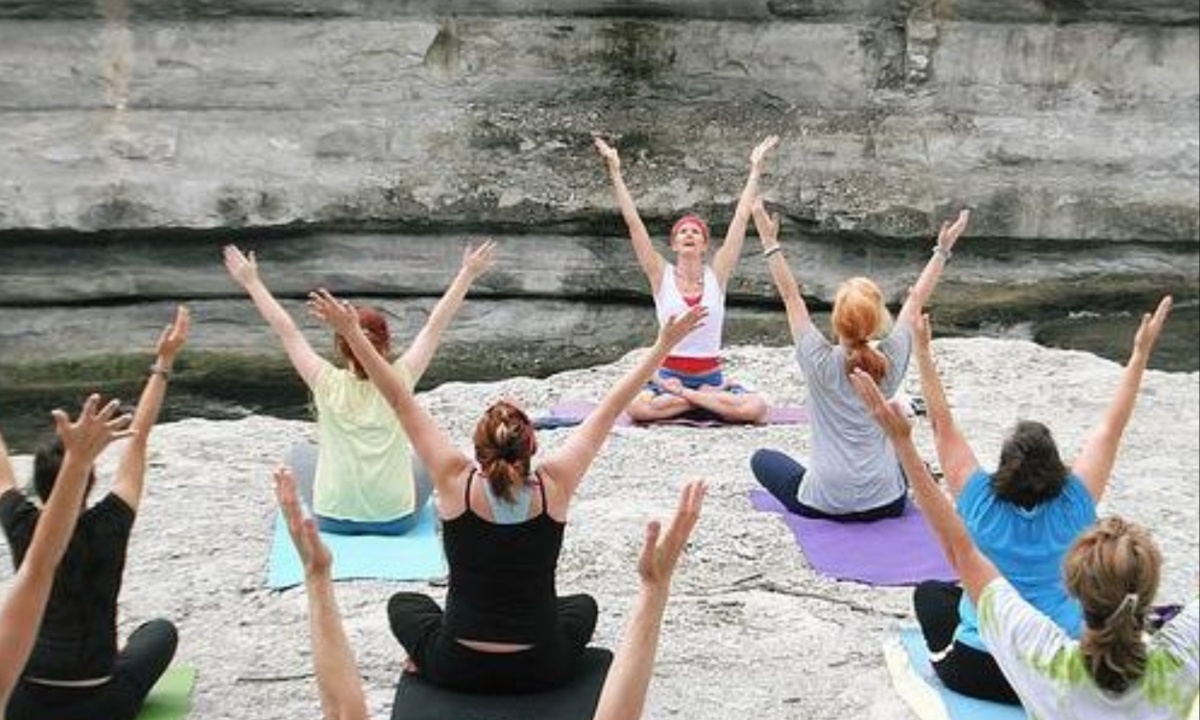A recent study led by researchers from Stanford Medicine and the University of California, San Francisco, shows that older women suffering from urinary incontinence can benefit significantly from frequent, low-impact exercises such as yoga, stretching, and strengthening.
The study is part of a broader effort to develop low-cost, low-risk treatments for common health issues affecting aging women. Over 12 weeks, participants who engaged in low-impact yoga or stretching and strengthening exercises experienced a reduction in incontinence episodes by approximately 65%, a result comparable to that of incontinence medications.
The study involved 121 women in the yoga group and 119 in the control group, all aged between 45 and 90 years. Both groups saw improvements in their incontinence, with the yoga group practicing specific poses aimed at strengthening the pelvic floor muscles, while the control group focused on general stretching and strengthening exercises.

The trial began with in-person classes but transitioned to online sessions during the COVID-19 pandemic, allowing participants to practice from home. The researchers emphasized that these exercises are safe, inexpensive, and accessible to women regardless of their location or physical ability.
Urinary incontinence, which affects more than half of middle-aged women and up to 80% of elderly women, can lead to social isolation, falls, and even hip fractures. Dr. Leslee Subak, a senior author of the study, highlighted that incontinence is often stigmatized and misunderstood as an inevitable part of aging.
However, the condition is common but treatable, and both yoga and other physical activities can provide effective relief. She stressed the importance of discussing incontinence openly to reduce stigma and improve the quality of life for those affected.
The study’s results show that yoga and other low-impact exercises can be equally effective as medications for reducing incontinence episodes, with participants experiencing about 60% fewer episodes.
Incontinence, particularly overactive bladder issues, is a major risk factor for falls and fractures in older women, as it often leads to rushing to the bathroom, especially at night. Strengthening the pelvic floor through exercises such as yoga may help mitigate these risks, allowing women to maintain independence and improve overall health.
Dr. Subak emphasized that the treatments explored in the study, such as yoga and physical conditioning, are highly accessible and can be adapted to various physical limitations.
She encouraged women to try low-impact yoga or exercise as a potential treatment for incontinence, noting its low risk and potential benefits for both bladder health and general well-being.
While nonsurgical treatments, including medications, typically improve symptoms by 30% to 70%, the study indicates that yoga could be a promising alternative or complementary therapy for those seeking a holistic approach.
